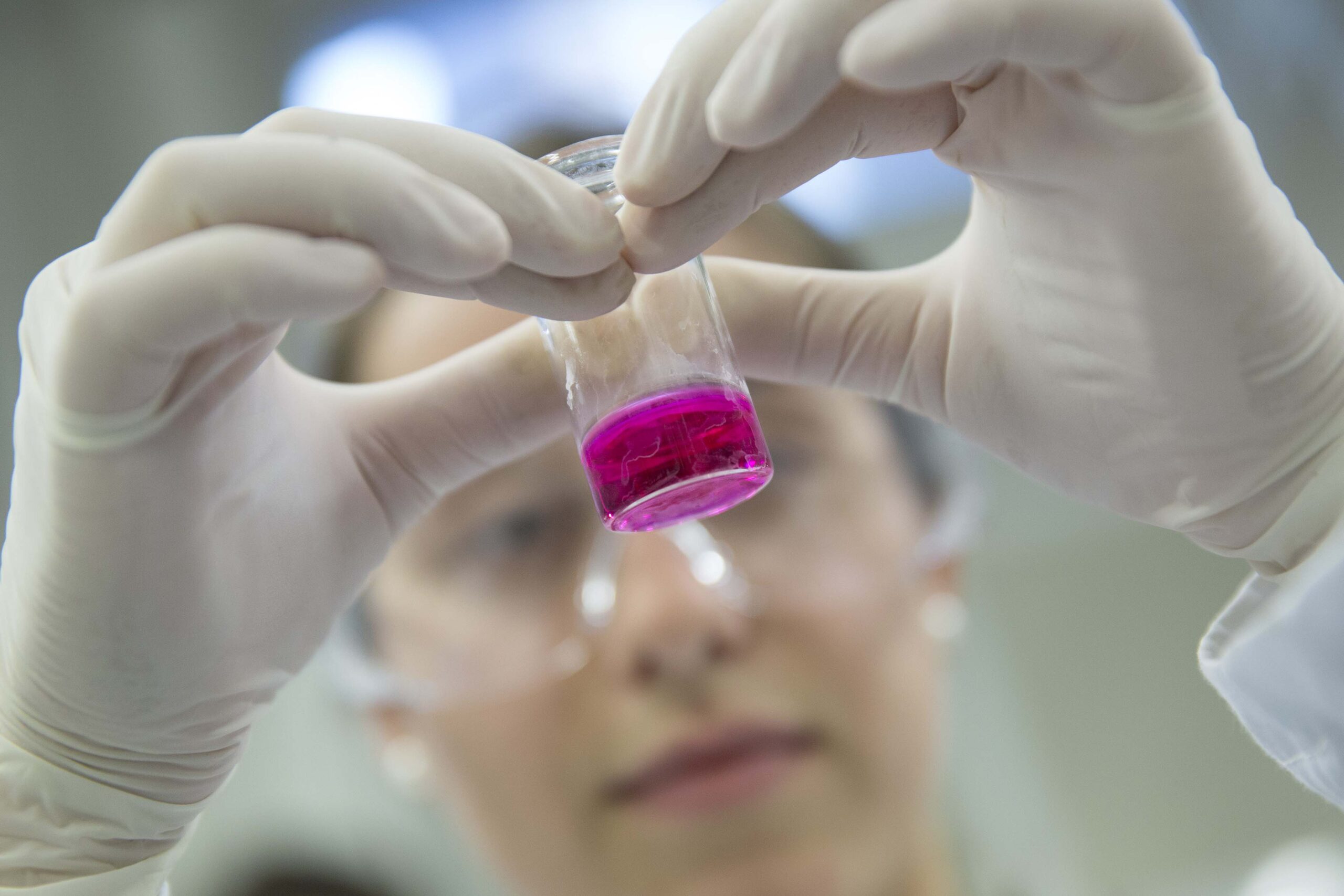The 2024 Nobel Prize in Chemistry was awarded to Dr John M. Jumper and Dr Demis Hassabis, with Google DeepMind London, and Dr David Baker, with the University of Washington (Seattle), all of whom were recognized for their contributions to the prediction of the three-dimensional structure of proteins with high accuracy and to the computational design of proteins through the development and use of the artificial intelligence models AlphaFold and Rosetta.
AI-assisted Protein and Drug Design

AlphaFold, created by Humper and Hassabis, is a computer tool that debuted in 2018 and that has facilitated what once seemed impossible: to deduce the secondary and tertiary structure of proteins through their amino acid sequences. This means that very complex structures can be accessed with a precision comparable to that of experiments in a matter of minutes, while experimentally it can take months or years. Proteins are fundamental pillars of biological processes and knowing their configurations is essential information to be able to design drugs or understand cellular functioning at the molecular level.
In 2003, Dr Baker was able to design a protein different from those that already existed thanks to his Rosetta software program that uses physical principles to mould protein structures. Since then, Dr Baker’s team and many other scientists around the world have used this program to produce many new proteins that enable the design of enzymes, pharmaceutical vaccines, nanomaterials, or minute sensors. The current versions of the program (RoseTTAFold, RFDiffusion) incorporate artificial intelligence and allow precision comparable to that of AlphaFold.
Molecular Design at IQS
The computational design of proteins and the prediction of their three-dimensional structures using artificial intelligence models are some of the tools used by different IQS researchers to carry out cutting-edge services and research.
Thus, in the Biotherapies Laboratory, the ChemSynBio – Chemical & Synthetic Biology for Biotherapies Group, coordinated by Dr Benjamí Oller Salvia, works on the design of biotherapies based on “smart” proteins that make it possible to target drugs with greater precision as well as on the design of new systems to increase the transport of biotherapies to the brain, especially for the treatment of brain tumours. To generate these new peptide- and protein-based systems, ChemSynBio combines directed evolution with molecular modelling tools, such as AlphaFold, and algorithms designed by Dr David Baker’s group. Dr Oller Salvia’s group maintains close collaboration with Dr Baker’s award-winning group the Institute for Protein Design / Howard Hughes Medical Institute at the University of Washington. This collaboration is channelled through two active projects, as well as academic exchanges that have allowed some of Dr Baker’s knowledge to be transferred to IQS.
At the IQS Biochemistry Laboratory, a multidisciplinary laboratory led by the Biological and Biotechnological Chemistry Group (GQBB), the Bioinformatics and Molecular Modelling unit, coordinated by Dr Xevi Biarnés Fontal, has developed two proprietary platforms to discover new enzymes arising from the massive genomic sequence of microorganisms (3DSCAN) and to design and optimize biocatalysts or bioactive molecules (BINDSCAN). These platforms are based on computational biology methods, artificial intelligence systems such as AlphaFold, Data Science, molecular simulation, and high-performance calculation. The revolution of artificial intelligence applied to the design of proteins and enzymes has allowed the Biochemistry Laboratory to optimize the discovery, characterization, optimization, and production processes and services of proteins and biocatalysts with specific applications in different industrial sectors such as pharmaceuticals, cosmetics, agri-food, and more.
- More information: Enzyme assisted design; Computational biology at IQS
Within the Pharmaceutical Chemistry Group (GQF) coordinated by Dr Roger Estrada Tejedor, researchers from the Molecular Design Laboratory carry out modelling and simulation studies of (bio)molecular systems to design drugs and new molecules with properties or activities of interest. Considering the increasing knowledge of diseases at the molecular level, a large number of new targets have emerged in recent years, the structure of which has not been solved experimentally. In these cases, the use of prediction tools such as AlphaFold have been greatly helpful in opening up the possibility of applying structure-based molecular design methods. In addition, the Molecular Design Laboratory develops new prediction models based on machine learning and artificial intelligence to solve problems in medical and computational chemistry.
- More information: Development of active ingredients









